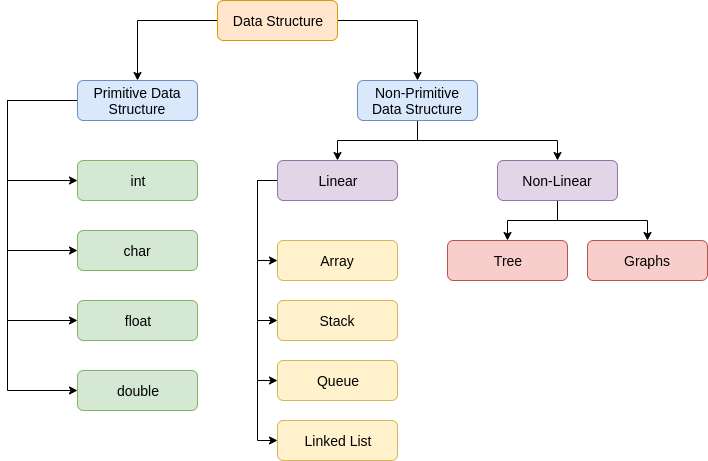AI Search Engine Optimization: Boost Your Brand Visibility

The digital information landscape is currently undergoing a structural transformation, shifting from traditional listing retrieval to synthesized answers. This means the objective for content creators is no longer merely to achieve a high search ranking but to earn a citation within a generative AI response. AI Search Engine Optimization (ASO) is the strategic framework required to adapt content for machine comprehension and establish your brand as the definitive, trusted source of information. This guide provides a clear and actionable framework for mastering ASO.
- Citation is the New Conversion: Success is measured by being cited by the AI, which drives high-intent, authoritative traffic.
- E-E-A-T is the Foundation: Unquestionable Experience, Expertise, Authority, and Trustworthiness is mandatory for LLM validation.
- Structure for Extraction: Content must be organized with meticulous clarity (H tags, lists, Schema) to facilitate seamless AI synthesis.
- Semantic Depth is Key: Focus on comprehensive Topic Clusters that satisfy the full, complex intent of conversational queries.
1. Understanding the Foundational Shift: From Rank Metrics to Citation Metrics
The primary difference between traditional SEO and ASO lies in the target mechanism. Traditional SEO optimized content for an indexing algorithm to gain a click. In contrast, ASO often referred to as Generative Engine Optimization (GEO) targets complex comprehension models to secure a definitive citation. A successful ASO strategy results in your content being summarized as the accurate, factual answer, strategically positioned above the traditional organic search listings.
Mechanics of the New Landscape:
To effectively execute AI Search Engine Optimization, content must be structured and authoritative enough that the LLM can extract the required information efficiently and without risking factual error.
2. The E-E-A-T Imperative: Establishing Unquestionable Authority for AI Trust

Trust is the most critical filtering mechanism for AI models. When generating synthesized answers, especially on high-stakes ("Your Money or Your Life" or YMYL) topics, AI models employ stringent filtering, heavily favoring sources that demonstrate verifiable E-E-A-T (Experience, Expertise, Authority, and Trustworthiness). Content that lacks this demonstrable authority is unlikely to be selected for citation.
The Necessity of Verifiable Authority: The LLM’s core design prioritizes minimizing 'hallucination.' Your E-E-A-T signals serve as essential validation points. Content lacking unique Experience or proprietary data offers minimal value to the AI ecosystem beyond what a general model can already synthesize. Therefore, strategic investment must move from general content production toward authentic expertise and credential validation.
3. Architecting Content for LLM Extraction and Synthesized Answers

AI models process web pages by parsing data structures, effectively treating content as an organized collection of facts. To optimize for synthesis, successful ASO requires abandoning dense, narrative prose in favor of an "Answer-First" architecture that facilitates immediate information retrieval.
Practical Steps for Snippet-Ready Content:
- Lead with the Answer: The initial sentence of every H2 and H3 section must function as a complete, single-sentence answer to the query implied by the heading. This simplifies quick extraction for the AI.
- Leverage Machine-Readable Blocks: Generative AI is highly effective at extracting data from formatted elements. Employ numbered lists for sequential steps, bullet points for benefits or features, and HTML tables for clear data comparisons.
- Implement Schema Markup: Structured Data is the technical layer of ASO. Implementing Schema types like FAQ Schema, HowTo Schema, and Article Schema provides the machine with explicit, semantic context about the nature and organization of your content.
4. Tracking Performance: The Strategic Necessity of AI Search Monitoring
As the benchmark for success moves from tracking rank positions to measuring citation volume, the necessary measurement tools must fundamentally adapt. Dedicated AI search monitoring is the disciplined practice of tracking how frequently and accurately your brand is cited by AI Overviews and chatbots, providing an essential and immediate feedback loop on performance.
Why AI Search Monitoring is Essential: Traditional rank trackers fail because an AI Overview operates independently of the traditional rank position. AI search monitoring provides the only reliable data for strategists to:
- Identify Citation Gaps: Pinpoint where a competitor is cited even if your page is ranked highly for the topic traditionally.
- Verify Snippet Quality: Evaluate whether the AI is pulling the most accurate, contextually relevant segment from your content.
- Measure Authority ROI: Directly assess how E-E-A-T improvements (new proprietary data, validated authors) correlate with citation volume.
- Inform Iterative ASO: Use real-time data to systematically refine content structure, enhance Schema implementation, and address nuanced semantic requirements.
Integrating AI search monitoring ensures that your ASO strategy remains data-driven and fully responsive to evolving LLM behaviors.
5. Semantic Depth: Moving Beyond Keywords to Topic Clusters
Effective ASO requires content to address the entire semantic universe around a subject, reflecting the conversational, multi-faceted nature of modern queries (e.g., "What is the best marketing automation platform for small businesses and what are the steps for its initial CRM integration?").
This mandates the organization of content into comprehensive Topic Clusters, where a central pillar page is supported by multiple deeply-interlinked sub-pages that cover every related user intent.
The Authority Signal: An LLM determines topical authority based on the depth, breadth, and logical cross-referencing within your content library. A robust cluster provides clear evidence of deep subject-matter expertise, significantly increasing the AI's confidence in selecting your content as the definitive resource. This strategic shift from siloed keyword targeting to comprehensive semantic coverage is fundamental to long-term AI Search Engine Optimization success.
Conclusion: Securing Sustainable Digital Authority
The transition from traditional SEO to AI Search Engine Optimization is the defining movement for digital visibility in this decade. Success in the generative era is earned through a commitment to verifiable quality, technical clarity, and strategic monitoring. Brands that systematically integrate the principles of ASO focusing on impeccable E-E-A-T, flawless structural consistency, deep semantic coverage, and continuous AI search monitoring will secure the most valuable position: the definitive, trusted, and cited authority in the digital economy. This strategic evolution establishes sustainable digital relevance, ensuring your content is utilized rather than overlooked.
FAQ
What is ASO?
ASO (AI Search Optimization) is the strategy of structuring content to be easily parsed, understood, and cited by Large Language Models (LLMs) and generative search features like AI Overviews, resulting in earned citations.
How do I measure success with ASO?
Success is measured through AI search monitoring, which tracks your content's citation rate and quality in generative answers, rather than traditional keyword ranking positions.
Is E-E-A-T more important now?
Yes. E-E-A-T (Experience, Expertise, Authority, Trustworthiness) is the non-negotiable filtering mechanism for LLMs on high-stakes topics, ensuring factual integrity.
Should I worry about "zero-click" searches?
The focus should be on traffic quality. Clicks derived from AI citations are typically higher-intent, leading to higher-value conversions and engagement, offsetting potential reductions in low-value informational traffic.

